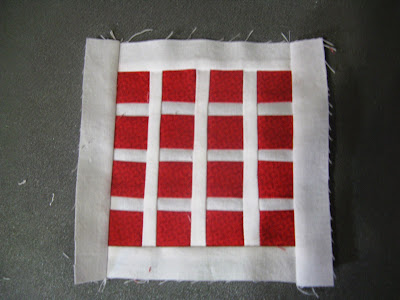This is a new blog I recently started to chronicle my journey making my second Dear Jane Quilt.
 |
| Dear Jane Quilt in Civil War reproduction fabrics - started Oct 2009 completed Sept 2014 |
Here you will find a post for every one of the 169 four and half inch blocks and 52 triangles and 4 corner kites. I will not be posting them in order, but rather by technique. Each block will have its own post and will be found in order on the right side bar. Anyone can follow along to make it, but really should have their own book. Its a copyright thing.
I started with the easiest pieced blocks. These can be made by simply measuring the pattern in the book and adding 1/4 inch seam allowance all around. I will be showing brief tutorials for several different applique techniques. The tutorials are not meant to be exhaustive, but rather the way I am making mine. I do make mistakes, so don't hesitate to tell me so I can correct it here. I am using the Dear Jane software for the foundation piecing and printing the patterns.
 |
| Bright Jane |
It was a very hard decision to finally settle on just 1 new colour scheme for this quilt, since there are so many versions out there in cyberspace to see and drool over. I am using bright colours on a crisp Kona white background. I have not yet decided if I will be framing it in black or white. There is something about the crispness of the colour on white that I like. And there is something about the brazenness of the bright colours on the black. My now 7 year old granddaughter designed the layout on EQ7 and the Dear Jane software that she has been playing on for about 3 years. Since before she could read, she has been doing things of computer and colouring and saving. I think I will ask her advise after I have a few more completed.
 |
| DJ2 Applique Blocks |
These are the applique blocks I am working on this month. Do I want to hand applique them or machine applique? Any thoughts? I have matching bright thread.Or should I use contrasting thread and showcase the applique?
Blessings,
Chris




























